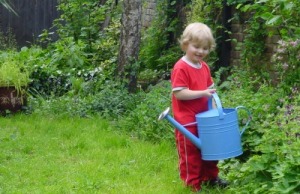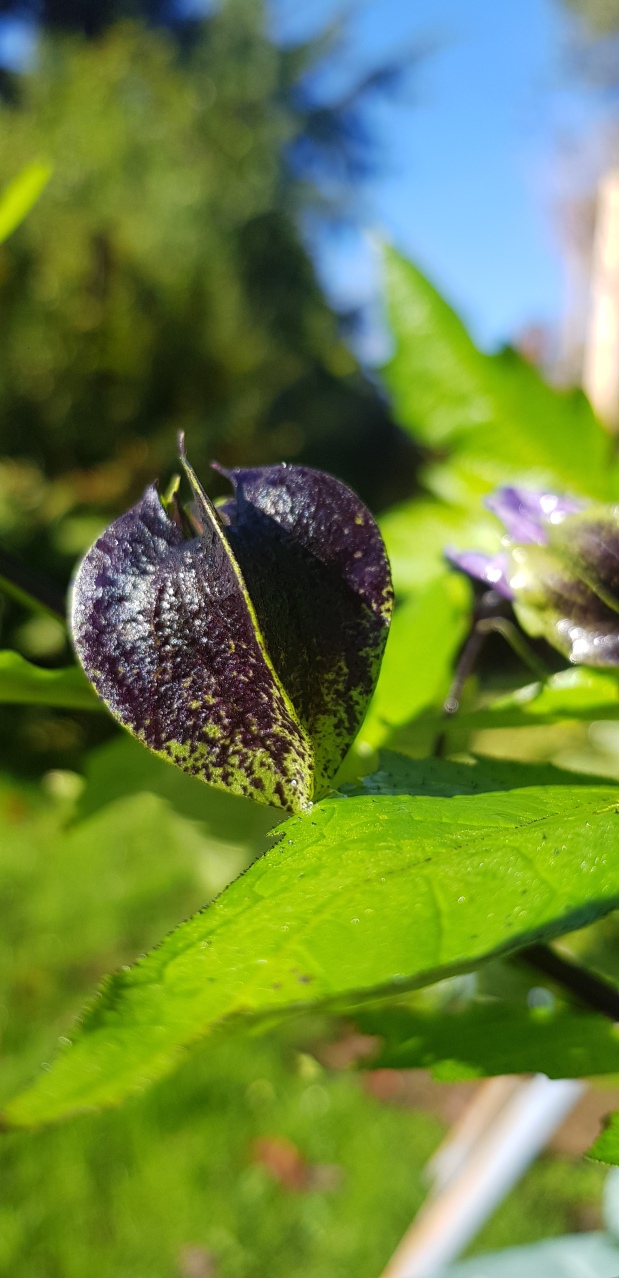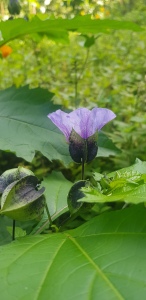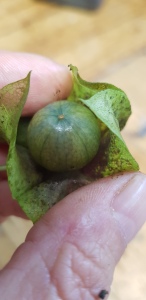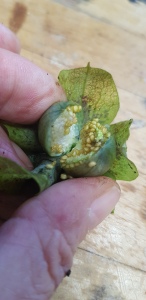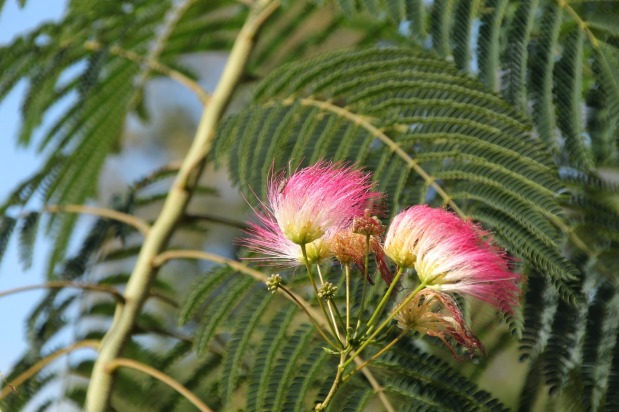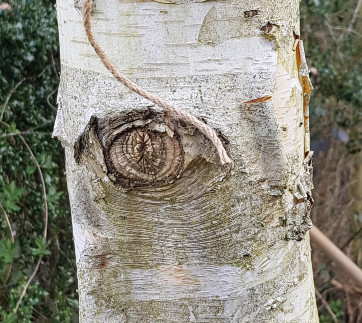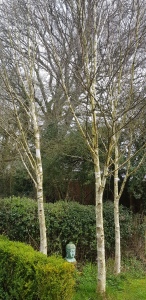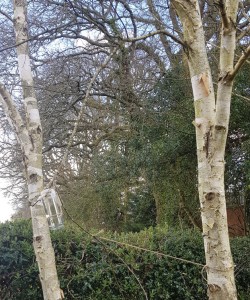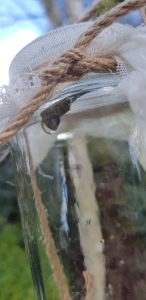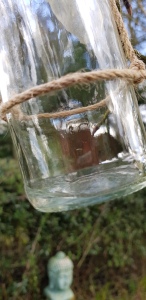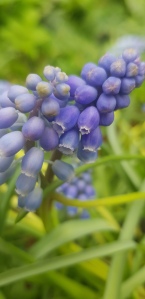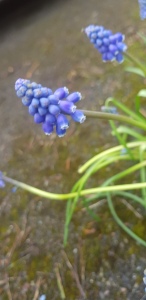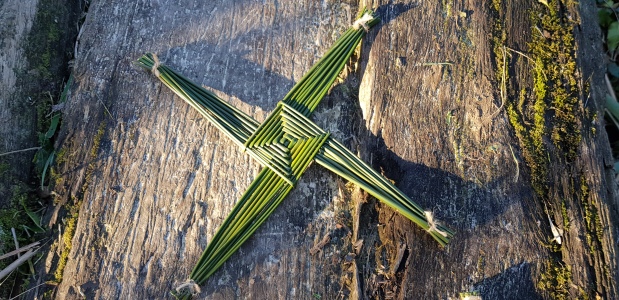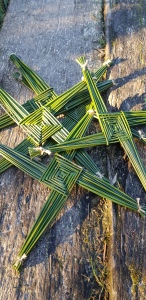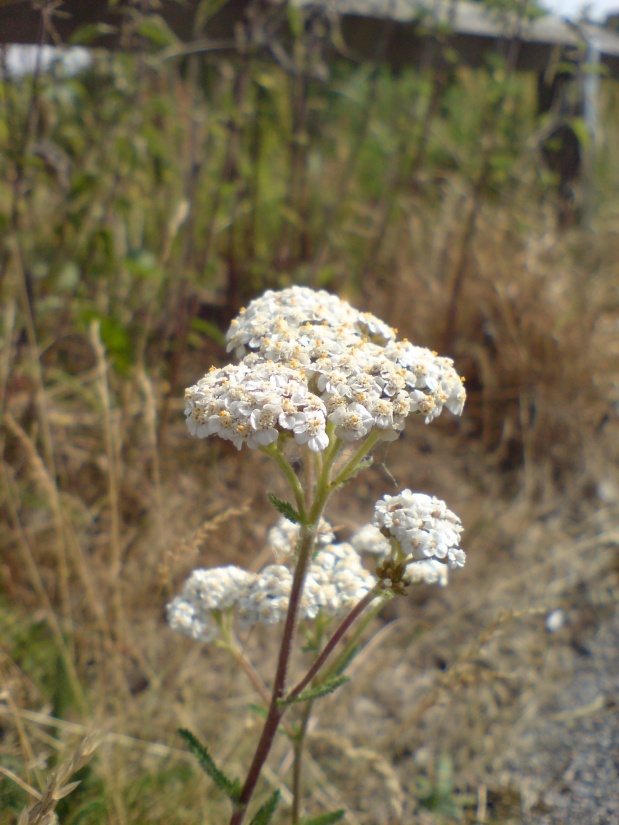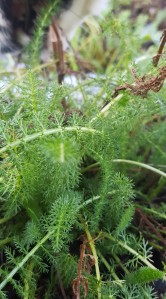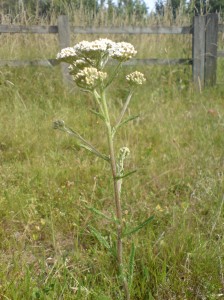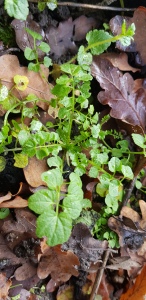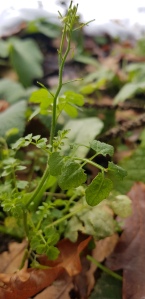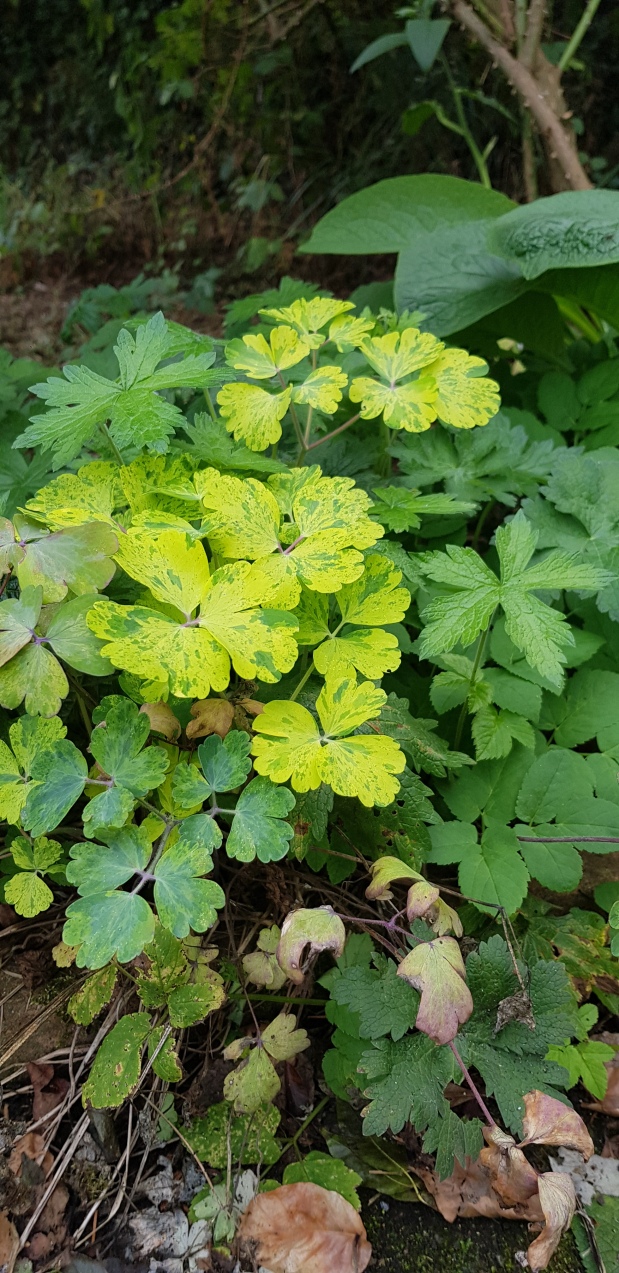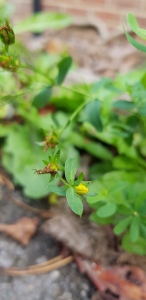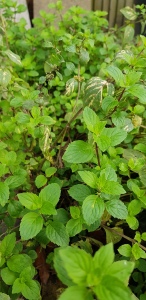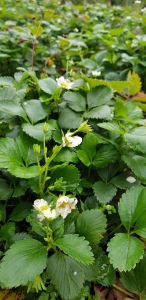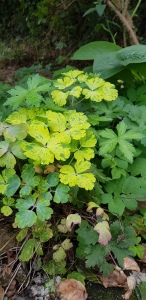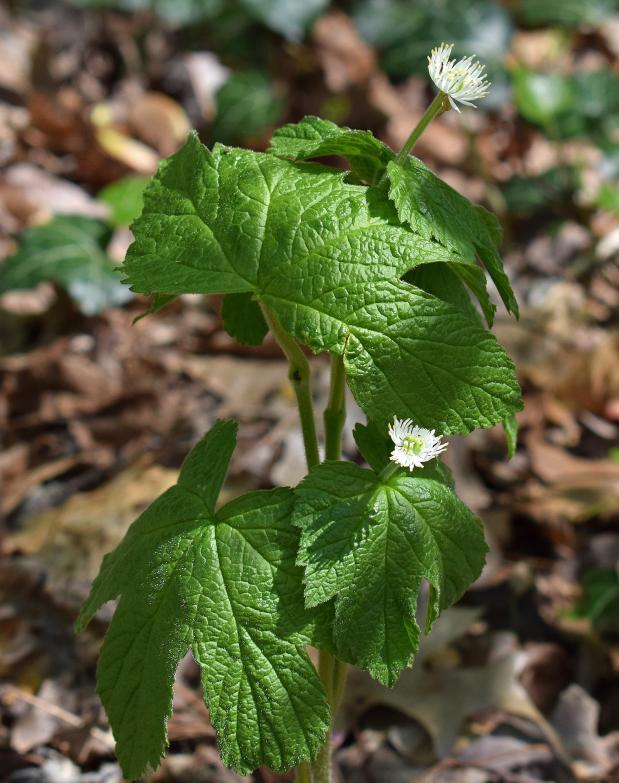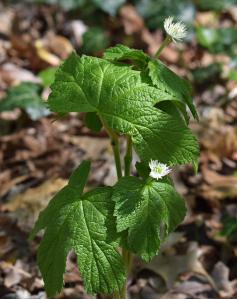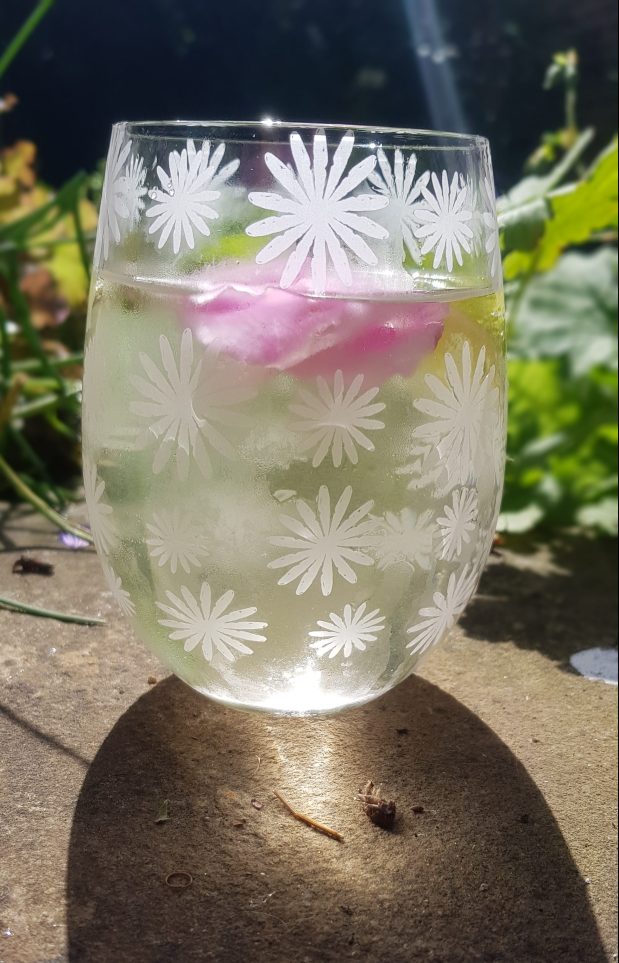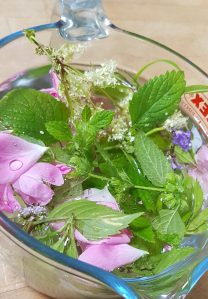The heart can be considered the centre of our being in many ways – it is the seat of consciousness in some spiritual traditions. It sits in the middle of the chakra system, joining the lower chakras and the upper chakras, acting as the bridge that unites Mother Earth and Father Sky or our material being and our spirtual being.
On a purely physical level, the heart is an incredible organ. Not only is it the ‘pump’ that drives the whole circulatory system, we now know it produces its own hormones that have wide ranging effects on various organs and tissues of the body and intricately connects our brain with our emotions and our physical body. But perhaps most importantly of all it produces the most powerful electromagnetic field of any organ in the body which can be detected up to 3 feet away from the body. It is this electromagnetic field that all beating hearts generate that has the most incredible potential to create coherence.
Simply put, coherence occurs when we feel love, joy, grattitude, and compassion – what we consider to be ‘positive’ emotions. In those times of coherence, all is working well within the body, mind and spirit and a sense of optimism and harmony pervades. These are the days when nothing can bring us down and everything runs smoothly. Conversely, ‘negative’ emotions such as jealousy, revenge, bereavement and fear create incoherence. Then all is not well and disharmony and disease can manifest in the body – these are the days when nothing goes right.
So if every human being and their heart is sending out an electromagnetic field of at least 3 feet in diameter, that interacts with the beating heart sat next to it and so on and so on, we see potential for how one human being can have a positive or negative effect on another without even speaking, seeing or touching the other. A human existing in a state of coherence has the potential to exert a positive effect on the person stood next to them in the post office queue and help to bring them in to a state of coherence. Obviously it works the other way too.
There are many ways to gain a greater sense of joy and all the other positive emotions, encouraging our being into a state of coherence – music, dance, great art, singing, poetry, laughter, spending time with those we love, inspiring views of nature, gardening, meditation, random acts of kindness, holistic healing modalities, the list is long. For me personally, I can add being in a loving relationship with my friends in the plant kingdom.
The Heart Blossom Tea recipe below contains flowers from plants that are known to have positive actions on both the physical and emotional/spiritual heart. This recipe uses 2 parts Hawthorn blossom, and 1 part each of Rose petals, Yarrow flowers, Lime/Linden blossom and Albizia flowers.
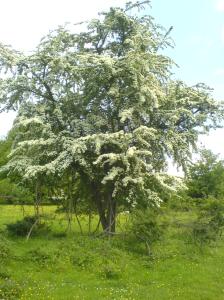
Hawthorn tree in full blossom
Hawthorn flowering tips (Crataegus spp.) – the blossoms of the Hawthorn tree (as well as the berries) are excellent medicine for the heart itself as well as the entire circulatory system and its vessels. Its medicinal actions are well studied. It can be very useful in formulas for bereavement, sadness, loneliess, low self esteem and anxiety. A classic ‘broken heart’ remedy and magically associated with the faery realm and protection from bad influences.
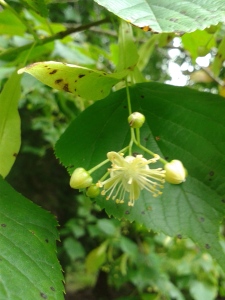
Beautiful Lime flower and buds
Lime flowers (Tilia codata) – the blossoms can help treat blood pressure and positively influence the physical heart in a number of ways by reducing tension and nervousness. It creates a calm state of mind (it is used for insomnia) yet brings clarity so it sharpens rather than dulls the senses. It is a tree linked with Venus and Aphrodite and of nurturing and protecting Love and throughout history has been asscociated with marriage and romantic union.
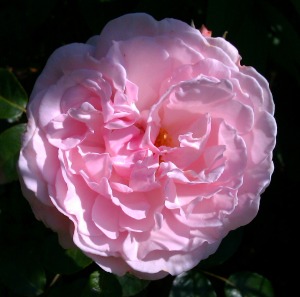
The effortlessly beautiful Rose
Rose petals (Rosa spp.)- the Rose has a deep connection with the emotional heart and love. Effortlessly beautiful, the sight and scent of a Rose can transform our being into coherence and into a state of tranquility, love and reverance. The anti-depressant actions of Rose are well known to science. The geometry of the Rose expresses itself as a ratio of 1: 1.61803, the human heart experiencing love expresses the same 1: 1.61803. (Read more about that fact here and here)
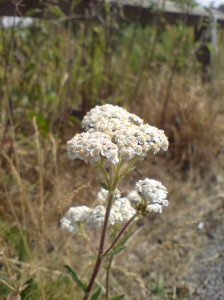
Yarrow in full flower
Yarrow flowering tops (Achillea millefolium) – a powerful plant used by many traditions in their rituals for love, healing and protection. Yarrow is associated with Venus and encourages and attracts love, courage, luck and good positive events. Physically, it has a profound regulating effect on the circulation of blood, clearing stagnation and promoting healthy blood flow, balances blood pressure and is in service to the heart on many levels.

Albizia flowers, I can’t look at them without smiling!
Albizia julibrissin flowers – also known as the tree of happiness, the flowers are used to ‘lighten the spirits’ and are effective medicine for anxiety and depression. Albizia flowers seem to enhance secretion and regulation of all classes of neurotransmitters and ancient chinese texts credit it with “promoting joy, assuaging sorrow”. It also keeps cholesterol levels steady.
Use one heaped teaspoon of the herbal tea mix to your favourite cup or mug, add boiling water, infuse for 5-10 minutes, then strain out the herbs. To help make this healing tea travel even deeper in to your being, take time to sit somewhere comfy and pleasing to you and sip the tea slowly. Close your eyes and visualise your heart as a Rose bud. As you sip your way through the tea, visualise the flower bud gently spiraling open and unfurling, no rush. As your Rose becomes a magnificent sweet smelling bloom, your heart and whole being vibrates gently in a state of coherence. Now imagine a world where all hearts beat in coherance……drift and dream of a more loving future for us all…..
Read more about the incredible science of the heart and its electromagnetic field coherence and the potential implications for all of humanity from the HeartMath Institute here

